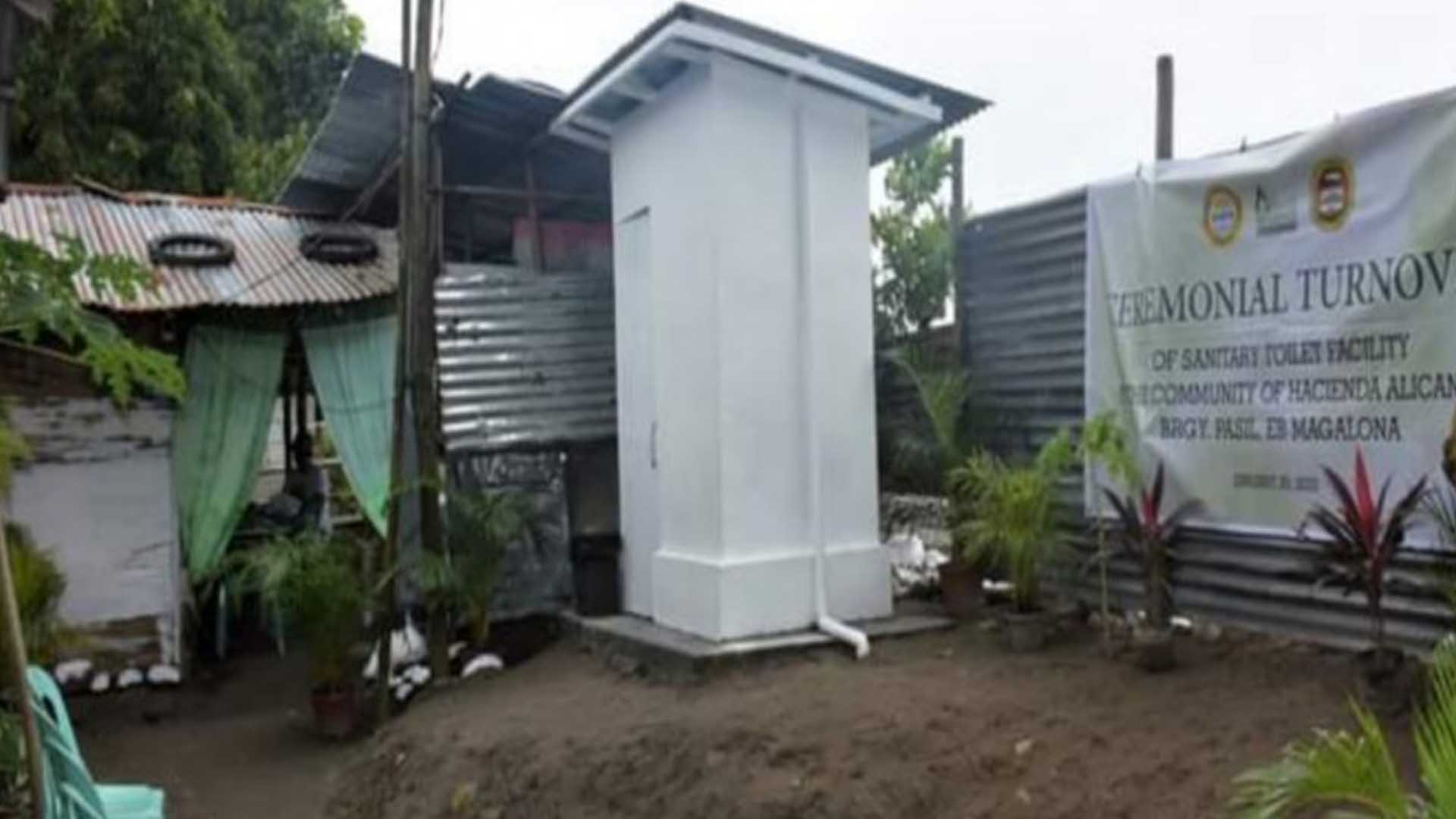The Negros Occidental provincial government has assisted the municipality of E.B. Magalona in building toilet facilities for its residents to achieve zero open defecation and prevent water-borne diseases.
Jointly implemented under the Provincial Integrated Safe Water Program, the initiative benefited 310 households in six barangays of the northern Negros town, which were provided individual sanitary toilets starting Monday.
“This project will significantly help eradicate cholera and other water-borne cases. We thank the provincial government for constantly looking after the welfare of our residents by giving them worthwhile projects,” said Mayor Marvin Malacon in a statement on Tuesday.
The beneficiary households included those in Barangays Pasil, 164; Alacaygan, 46; Alicante, 43; Nanca, 28; Tanza, 23; and Cudangdang, 6.
In October last year, a cholera outbreak was declared in E.B. Magalona, and cases in the municipality reached 16 by the end of the year.
Governor Eugenio Jose Lacson said the project is proof of the provincial government’s commitment to the global call for a sustainable and water-secured humanity, by providing every Negrense household access to basic facilities.
Each of the beneficiary-household was provided with toilet structures installed with septic tanks.
“Toilet facilities also protect the welfare and dignity of women, for now they can answer the call of nature in the comfort of their homes,” said Provincial Administrator Rayfrando Diaz II, the action officer of the Provincial Integrated Safe Water Council.
Village chief Sharen Belen of Barangay Pasil, which has the most number of beneficiaries, urged her constituents to maintain the cleanliness of their comfort rooms.
The United Nations Children’s Fund cited data from the Philippine Statistics Authority, which showed that as of 2020, around seven million Filipinos were still openly defecating or using unimproved toilets.
Identified households practicing open defecation are mostly found in rural areas, while the use of unimproved toilets or households using shared sanitation facilities are found higher in urban areas, it added. (PNA)





















